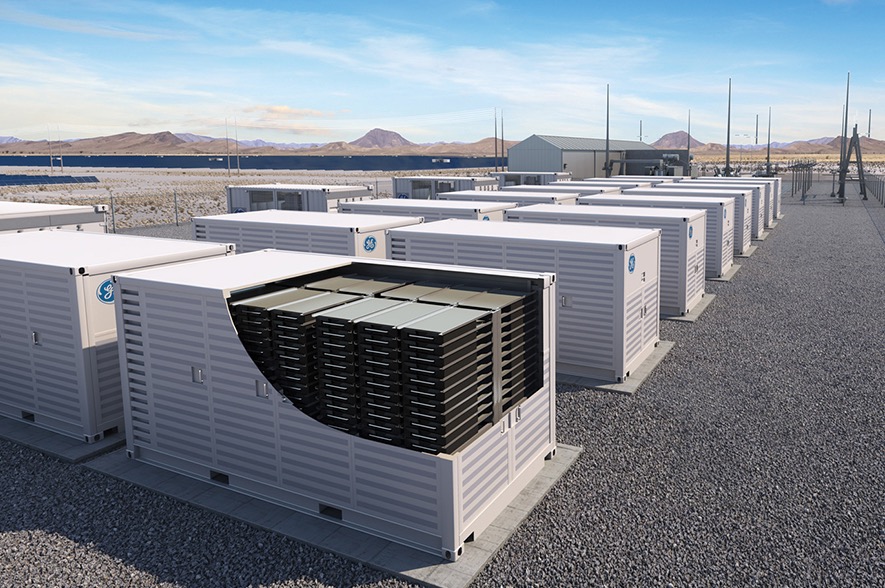Falling component costs, local manufacturing and distributed energy are the top three trends in the renewable energy industry this year, according to S&P Global.

Ongoing supply chain disruptions, changing renewable energy procurement targets, and a global energy crisis throughout 2022. Some of these trends are evolving into new phases of the energy transition this year, according to S&P Global.
Raw material and transportation costs are set to fall in 2023 after two years impacted by tightening supply chains, with global shipping costs already down to pre-COVID-19 levels. But such cost reductions will not immediately translate into lower overall capex for renewable energy projects, S&P Global said.
Land tenure and grid connectivity are proving to be the industry's biggest bottlenecks, leading to a push as investors rush to deploy capital in markets where interconnect availability is insufficient, willing to pay a premium for projects that are ready for construction sooner, S&P Global said. Unintended consequences of high development costs.
Another change driving prices up is a shortage of skilled workers, leading to higher construction labor costs. S&P Global said this, along with rising capital costs, could prevent a significant reduction in project capex prices in the near term.
With more abundant polysilicon supply, PV module prices will fall faster than expected in early 2023. This relief is likely to trickle down to module prices, but is expected to be offset by manufacturers looking to restore margins.
Downstream in the value chain, installers and distributors are expected to enjoy higher profit margins. S&P said that this may reduce the cost-reduction benefits for rooftop solar end users, and it is developers of utility-scale projects who will benefit more from the cost reduction. S&P expects demand for utility-scale projects to intensify globally, especially in cost-sensitive emerging markets.
In 2022, distributed solar has solidified its position as a mainstream power supply option in many mature markets, and S&P Global expects the technology to expand into new consumer segments and gain a foothold in new markets by 2023. PV systems are expected to increasingly be combined with energy storage as shared solar options emerge and new types of home and small business projects connect to the grid.
On home projects, prepayment remains the most common investment option, although electricity distributors continue to push for more diverse environments, including long-term leases, short-term leases and power purchase agreements. These financing models have been widely deployed in the United States over the past decade and are expected to expand to more countries.
With liquidity becoming a major concern for many businesses, commercial and industrial customers are also expected to increasingly adopt third-party financing. For providers of third-party financing PV systems, the challenge lies in securing contracts with reputable off-takers, according to S&P Global.
The overall policy environment is expected to favor increased distributed generation, whether through cash grants, VAT relief, tax rebate subsidies or long-term protective tariffs.
Supply chain challenges and national security concerns have led to a growing focus on local manufacturing of solar and energy storage, especially in the US and Europe, and an emphasis on reducing reliance on imported natural gas has put renewable energy at the center of energy supply strategies.
New policies such as the Reducing Inflation Act in the US and REPowerEU in Europe are attracting significant investment in new manufacturing capacity, which will also cause a boost to deployment. S&P Global expects global wind, solar and battery storage projects to reach nearly 500 GW in 2023, an increase of more than 20% over 2022 installations.
“However, concerns persist about China’s dominance in equipment manufacturing – especially in solar and batteries – and the risks involved in being overly dependent on a single region for the supply of needed goods,” S&P Global said.